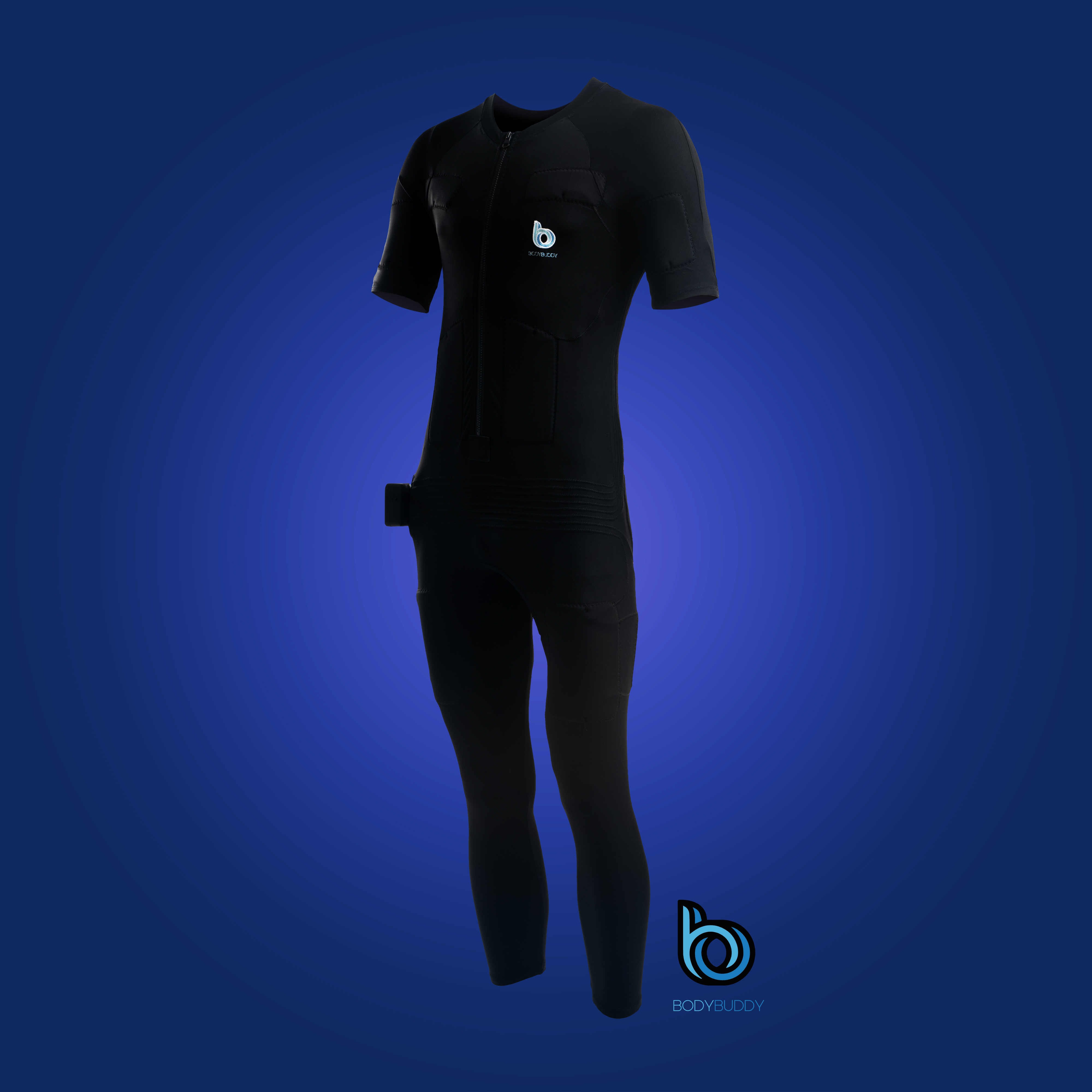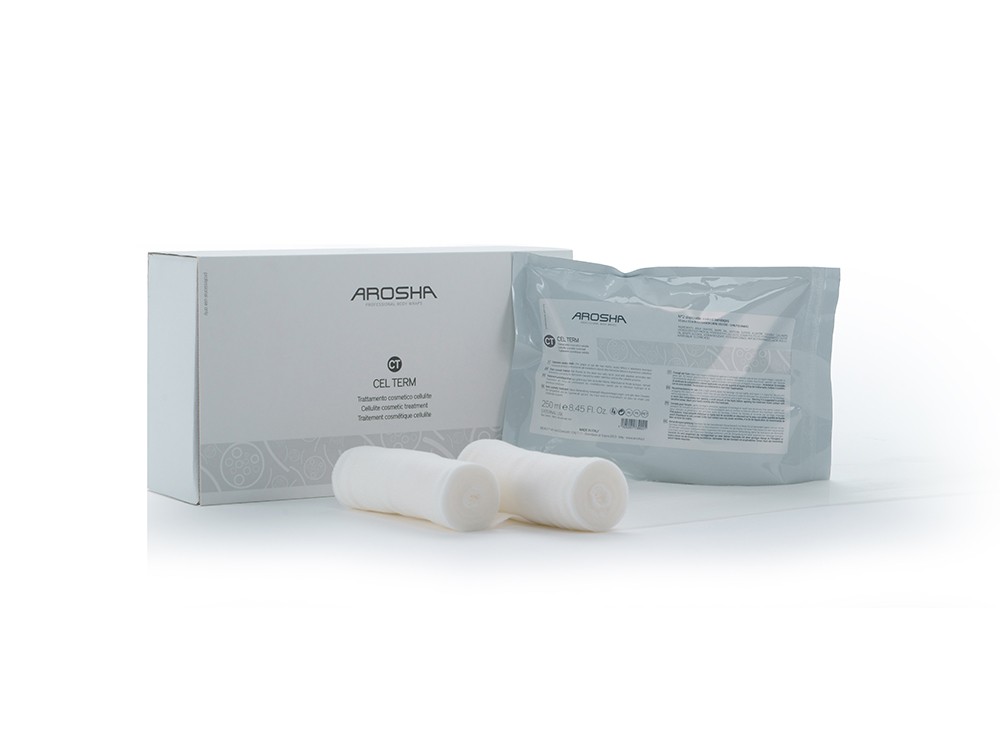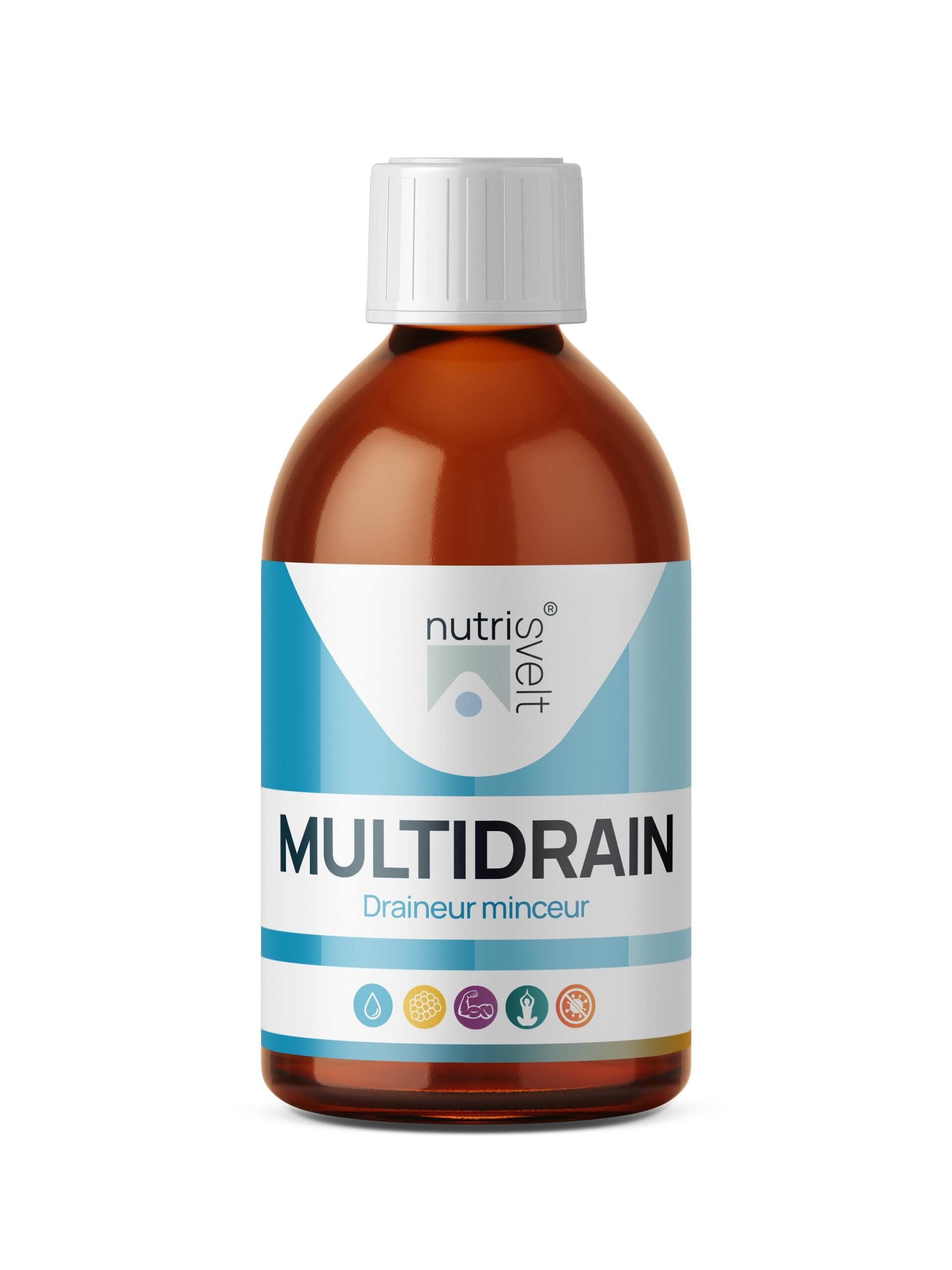Heat and increased metabolism
Research highlights the physiological changes linked to the increase in body temperature (fever, hyperthermia, etc.). This natural increase in metabolism increases our defense and mobilization capacities against physical attacks.
HEAT AND INCREASE IN METABOLISM
Summary: Research improves our understanding of the changes that occur during fevers; it also highlights the euphoric sensation that some people experience in a hot bath or sauna.
The thyroid hormone thyroxine, which controls our daily activity and was previously thought to remain at a constant level in the blood, actually fluctuates due to a protein that alters the release of the hormone based on body temperature. , as new research has revealed. The research was published today January 29 in the journal Proceedings of the Royal Society B.
The hormone thyroxine regulates metabolism in all mammals, including humans. If there is too much, it leads to hyperactivity, and if there is too little, it leads to dormancy. This essential hormone is transported and stored in the blood by the protein thyroxine-binding globulin (TBG).
It was previously thought that levels of the hormone remained constant. However, the new research, led by Robin Carrell, Emeritus Professor of Hematology at the University of Cambridge, found that as body temperature rises, TBG's affinity for thyroxine decreases, leading to an increase in the hormone. available and a subsequent increase in metabolism. If body temperature drops, such as when an animal goes into hibernation, TBG's affinity for thyroxine increases, leading to decreased availability of the hormone and decreased metabolism.
The results provide insight into the changes that occur during fevers, when the body speeds up its metabolism to counter infection and inflammation. Research shows that TBG has a built-in booster that gives an increase in thyroxine release when body temperature exceeds 37°C. The study found that a body temperature of 39°C would cause a 23% increase in the concentration of thyroxine levels in the blood – temporarily shifting into the range seen in patients with hyperthyroidism.
What's more, the scientists believe their discovery explains the euphoric feeling some people get after spending time in a sauna or hot tub.
Professor Carrelle added: "In everyday life, the accelerated release of thyroxine that will occur when the body's core temperature reaches 39°C in a sauna or hot tub will contribute to an improvement in the activity of the body and mind: to euphoria and for the occasional Eureka! The old figures of speech - "hot head" and "feverish imagination" can now be considered to have a scientific basis."
In Same Category
- OxyOasis, the oxygen condenser that boosts hotsculpting cocoon treatments Sybaritic Wellness USA
- Hyperthermic Cocoon: the Covid-19 anti-virus weapon? - Section 2
- Hyperthermia, the anti-virus COVID-19 weapon? - Section 1
- Infrareds and detoxification
- The new Cocoon Thermo Fusion offers more well-being Benefits and faster results than the classic IR sauna


 Français
Français  Deutsch
Deutsch  English
English 










Comments
Leave your comment